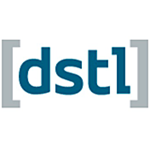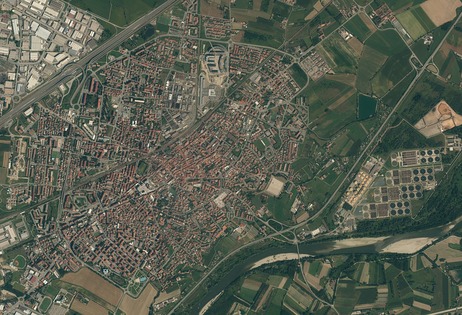How Open Innovation is Improving Satellite Intelligence Analysis
Published Sep-11-17Breakthrough:
Algorithms to improve the UK’s satellite intelligence gathering and analysis capability.
Company:
The Defense Science and Technology Laboratory, United Kingdom
The Story:
 If you want to tap into brilliant minds no matter where they are in the world engage with open innovation. Who knows where the solutions lie to the problems and challenges that vex you?
If you want to tap into brilliant minds no matter where they are in the world engage with open innovation. Who knows where the solutions lie to the problems and challenges that vex you?The UK's Defense Science and Technology Laboratory (Dstl) wanted a bunch of innovative solutions to help intelligence analysts evaluate information more quickly, accurately, and effectively. So, in March 2017 it turned to the crowd and launched a global competition with some specific goals in mind.
Satellite Imagery Contest
This agency for the Ministry of Defense (MOD) set up a $100,000 prize fund and challenged participants to develop algorithms or software to automatically detect and identify objects in satellite images. In recent years there has been an exponential growth in the volume of satellite imagery and it shows no sign of abating. The information the pictures provide is often valuable, but this relies on features being labeled by hand or through semi-automated processes. It is a laborious process.
So, the principle aim of the satellite imagery competition was to alleviate the burden on image analysts.
"The UK must innovate to stay ahead, while developing the ability to harness entrepreneurship quickly and affordably, wherever it emerges," said Minister for Defense Procurement Harriett Baldwin. "This kind of joint crowdsourcing project is precisely what the Ministry of Defense’s new Innovation Initiative aims to encourage: strengthening and streamlining collaboration with both new and established partners."
Participants were required to correctly identify and categorize up to 10 features and objects, such as cars and buildings in a number of different environments.
Massive Return on Investment
More than 5,000 solutions were submitted which contest organizers equated to over £2.5 million (approx. USD $3.2 million) of research. That represented a sevenfold return on the cost of running the competition. Entries were submitted online via the Kaggle platform, scored immediately and positioned on a leaderboard.
The winning algorithm was developed by Kyle Lee from Penang, Malaysia who won $50,000. The second and third place winners picked up $30,000 and $20,000 respectively.
Commenting on the success of the competition Dstl spokesperson Phil Gibson said: "The fantastic response shows that crowdsourcing solutions can be an invaluable tool in tackling complex challenges – helping us secure the nation’s defense, security and prosperity."
Utilizing Winning Algorithms
After the open innovation contest closed the Ministry of Defense agency put the algorithms and software to use in several projects where data needs to be accurately and rapidly analyzed.
The MOD is so committed to open innovation that it has created an Innovation Fund of around £800 million to find fresh and innovative ideas from across the defense sector and beyond over the next ten years.
Next Story »

